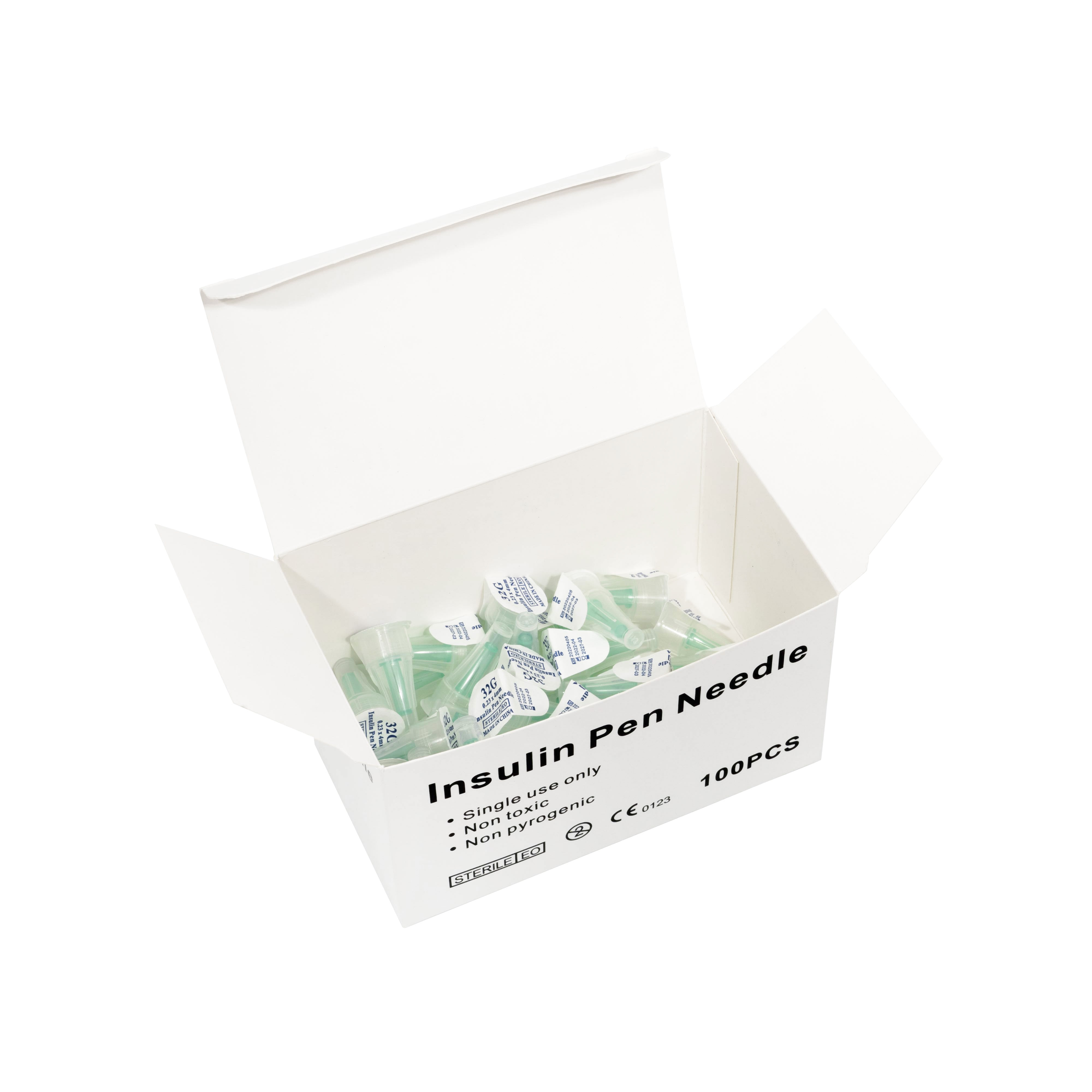

Views: 0 Author: Site Editor Publish Time: 2025-08-26 Origin: Site











Hyaluronic fillers have become a cornerstone in aesthetic medicine, offering non-surgical solutions for facial rejuvenation and enhancement. These fillers are renowned for their ability to restore volume, smooth wrinkles, and enhance facial contours, making them a popular choice among patients seeking youthful appearances without invasive procedures. As the demand for these products continues to rise, understanding the different Hyaluronic Fillers types available, their benefits, and expected results is crucial for both practitioners and patients.
Hyaluronic acid is a naturally occurring substance in the human body, primarily found in connective tissues, skin, and eyes. Its primary function is to retain water, keeping tissues well-lubricated and moist. In the context of dermal fillers, hyaluronic acid is used to add volume and fullness to the skin. The popularity of hyaluronic fillers stems from their biocompatibility and the natural-looking results they provide.
The market offers a variety of hyaluronic fillers, each designed to address specific aesthetic concerns. These products vary in terms of viscosity, longevity, and concentration of hyaluronic acid, allowing practitioners to tailor treatments to individual patient needs. Understanding the nuances of each type is essential for achieving optimal results.

The classification of hyaluronic fillers is primarily based on their viscosity and intended use. High Viscosity Hyaluronic Fillers are typically used for deeper injections to enhance facial contours and add volume to areas like the cheeks and jawline. These fillers provide structural support and are ideal for patients seeking significant enhancement.
On the other hand, Fast Acting Hyaluronic Fillers are designed for superficial injections, targeting fine lines and wrinkles. These fillers are often used around the eyes and mouth, where the skin is thinner and more delicate. The rapid action of these fillers makes them a preferred choice for patients seeking immediate improvements.
Another important category is Long Lasting Hyaluronic Fillers. These products are formulated to provide extended results, reducing the frequency of maintenance treatments. They are often used in areas that require sustained volume, such as the cheeks and nasolabial folds.
The benefits of hyaluronic fillers extend beyond their aesthetic enhancements. One of the primary advantages is their ability to provide immediate results with minimal downtime. Patients can often resume their daily activities shortly after treatment, making these fillers a convenient option for those with busy lifestyles.
Moreover, hyaluronic fillers are reversible, offering a safety net for patients and practitioners. If the results are not as desired, an enzyme called hyaluronidase can be used to dissolve the filler, allowing for adjustments or complete removal. This reversibility is a significant advantage over permanent fillers, which may require surgical intervention if complications arise.
Hyaluronic fillers also stimulate collagen production, promoting long-term skin health. This dual action of providing immediate volume and enhancing collagen synthesis makes them a comprehensive solution for facial rejuvenation.
The results of hyaluronic filler treatments are typically visible immediately after the procedure, with full effects developing over the following weeks as the filler integrates with the surrounding tissues. The longevity of these results depends on several factors, including the type of filler used, the area treated, and the patient's metabolism.
In general, FDA Approved Hyaluronic Fillers provide results that last between six months to two years. Areas with high mobility, such as the lips, may require more frequent touch-ups, while less mobile areas, like the cheeks, can maintain results for longer periods.
Patients should have realistic expectations and understand that maintenance treatments are necessary to sustain the desired appearance. Regular consultations with a qualified practitioner can help in planning an effective treatment schedule.

Selecting the appropriate hyaluronic filler involves considering several factors, including the patient's aesthetic goals, skin type, and the specific areas to be treated. Practitioners must also evaluate the rheological properties of the filler, such as its elasticity and cohesiveness, to ensure it matches the treatment objectives.
It is crucial to choose products from reputable Hyaluronic Fillers manufacturer that adhere to stringent quality standards. Certifications such as ISO and FDA approval are indicators of a product's safety and efficacy. Practitioners should stay informed about the latest advancements in filler technology to offer the best options to their patients.
Hyaluronic fillers represent a versatile and effective solution for facial rejuvenation, offering a range of products tailored to various aesthetic needs. Understanding the different Hyaluronic Fillers types, their benefits, and expected outcomes is essential for achieving optimal results. As the field of aesthetic medicine continues to evolve, staying informed about the latest developments and maintaining a patient-centered approach will ensure successful and satisfying outcomes for both practitioners and patients.